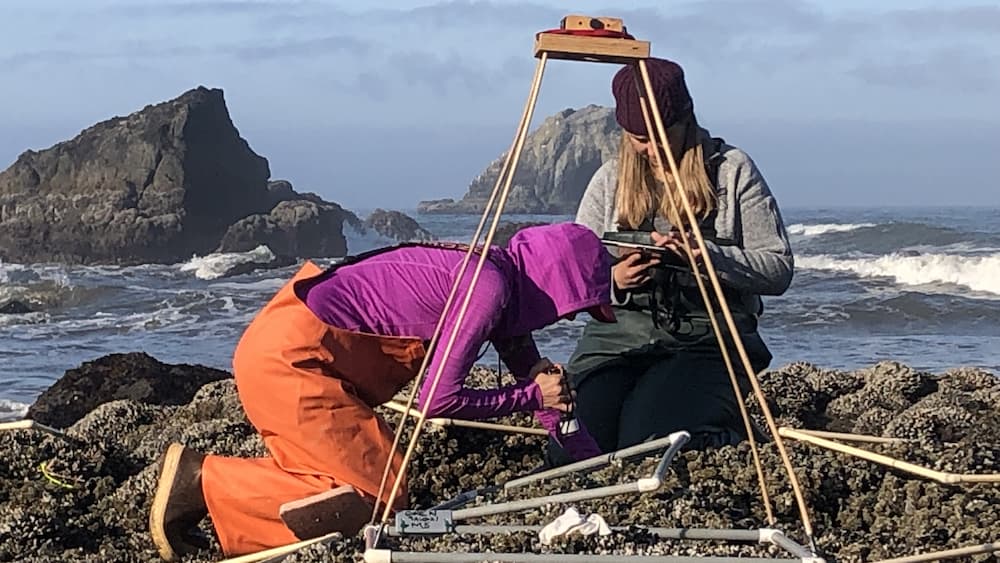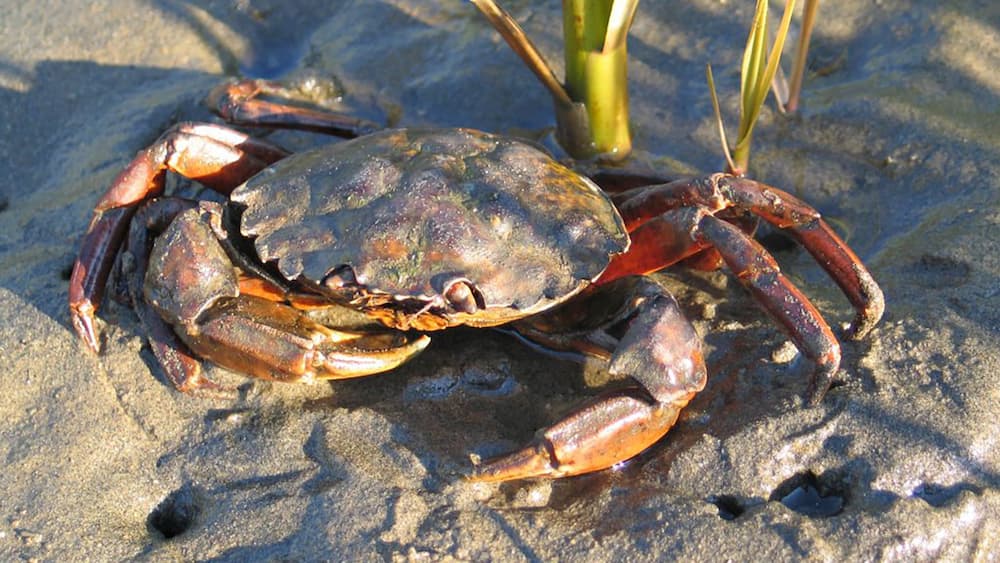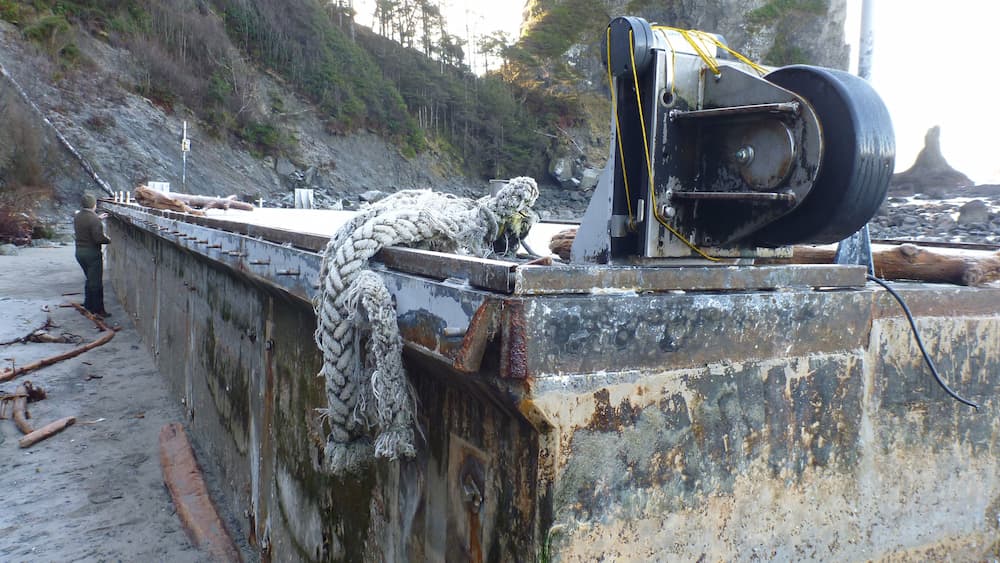Invasive Species Management

Although relatively few non-indigenous species have been reported in sanctuary waters, invasive species can pose a threat to marine life and habitats. The sanctuary works collaboratively with other state, federal, and tribal governments and regional management authorities to identify and implement appropriate actions to protect habitats from invasive species.
Ports and marinas tend to have higher numbers of invasive species due to transport by vessels. There are no major ports adjacent to sanctuary waters, and the few marinas that exist are relatively small, which may slow the number and severity of species introductions. However, shipping traffic through the sanctuary provides a vector for non-indigenous species via transport on hulls and discharge of ballast water. To minimize this risk, Washington state has strengthened regulations covering ballast water exchange and discharge in state waters within three miles of shore. Ships traveling from outside the U.S. Exclusive Economic Zone must exchange ballast water no closer than 200 nautical miles (374 kilometers) offshore, while ships considered U.S. coastal traffic, including Canadian waters, must exchange ballast water no closer than 50 nautical miles (93 kilometers) offshore.
Negative impacts from non-indigenous species are likely to increase in the future.
Invasive European green crabs

Invasive European green crabs are an emerging threat to Washington's lucrative shellfish industry by competing with native species and damaging habitat. Populations of these invasive species already require trapping on the Makah Indian Reservation, and in Grays Harbor and Willapa Bay. Washington Department of Fish and Wildlife and Washington Sea Grant provide support for these efforts.
Tsunami debris carrying invasive species

The March 2011 tsunami in Japan mobilized a large amount of drifting marine debris, some of which arrived in sanctuary waters beginning in 2012. In December 2012 a large dock originating from Misawa, Japan, grounded at a remote location near Mosquito Creek adjacent to the sanctuary. Non-indigenous species were identified on this and a companion dock that grounded near Newport, Oregon earlier in 2012. Non-indigenous species were removed from the dock before decommissioning and removing the dock but monitoring is needed to determine if they colonized the adjoining area. The focus on tsunami marine debris is a reminder that marine debris can act as a vector for introductions of non-indigenous species.

